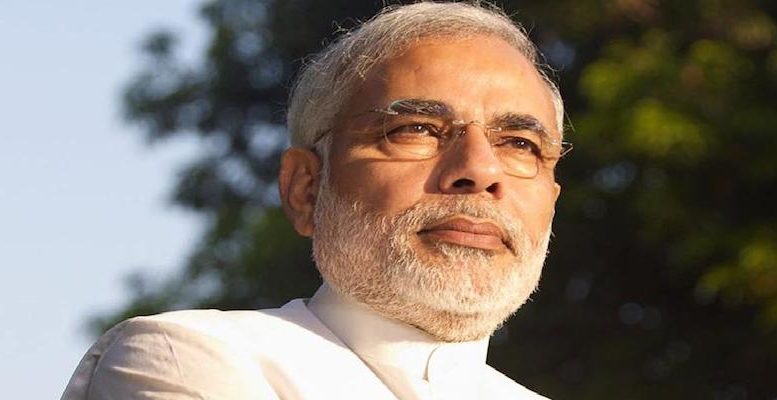Alicia García Herrero (Natixis)| India’s GDP expanded 7.8% year-on-year in Q2 2023, beating expectations and printing the highest number in a year. The major push comes from consumption which contributed nearly half of the growth. The strong demand is also fostering industrial production as India’s manufacturing PMI has expanded for 25 straight months and further risen to a high of 58.5 as of August, far above any other Asian country’s reading.
That said, there are also some shadows to this rosy scenario emerging from the external and inflation fronts. First, external vulnerability – a well-known problem of the Indian economy in the past – is growing as current account deficit slid to 4.6 percentage points of GDP in the second quarter. Second, the heatwave and drought caused by this year’s El Nino climate have crippled some sectors such as agriculture and construction. In particular, the adverse weather has taken a heavy toll on plantation, which stoked up food prices and pushed up headline inflation sharply to 7.4% year-on-year in July from 4.9% in June. The consequence of this is that real interest rates have gone negative, leading to capital outflows and pressure on the Indian Rupee, especially given the strong USD recently.
The rebounding inflation has put the Reserve Bank of India (RBI) in a dilemma. On the one hand, the negative real interest rate is weighing on capital flows and the currency. On the other, fiscal pressure is also mounting after India’s fiscal revenue decelerated sharply in Q2. This has driven the government to increase its borrowing from the market, and thus pushed up the yield curve again. If the RBI hikes, it will further push up the government’s financing cost and debt service, which also applies to the households to possibly dent consumption, before India’s general election in April 2024.
As such, our baseline scenario is that the RBI will keep on hold until the next fiscal year, i.e., Q2 2024. But the good news is that the Fed should have started easing by then.
All in all, India’s economy remains the bright spot in EM Asia thanks to its resilient domestic demand. However, headwinds may arise from a growing current account deficit and resurging inflation which may put pressure on capital flows and the rupee. We don’t expect the RBI to react any time soon to the inflationary pressure considering a weakening currency.
India’s economy shows strength, but headwinds arise from widening current account deficit and resurgent inflation
 Indian PM Narendra Modi
Indian PM Narendra Modi




